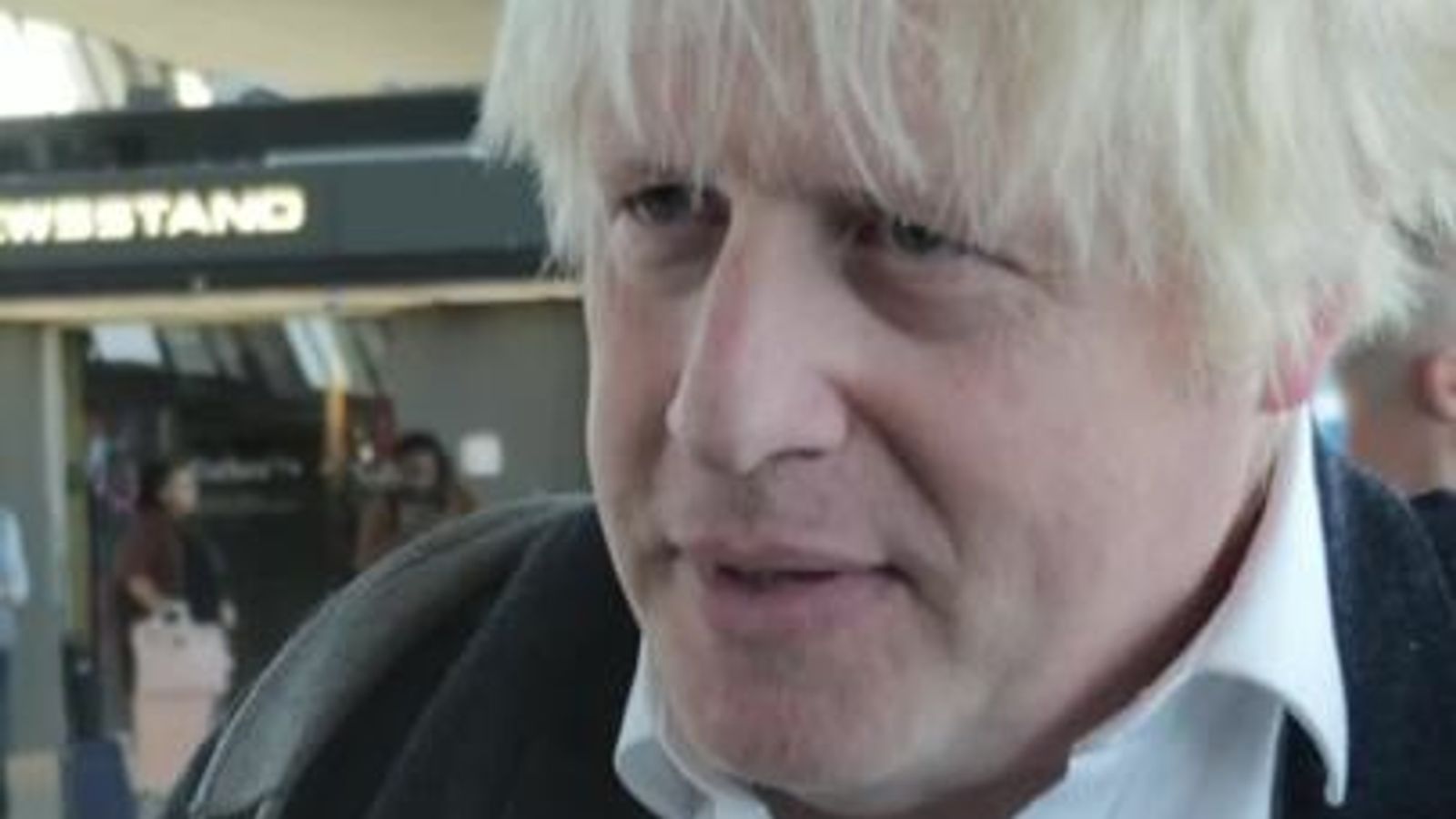UN nuclear experts have given their assessment of the safety situation at the Russian-controlled Zaporizhzhia power plant – and say its “physical integrity” has been “violated” amid weeks of fighting nearby.
Both Russia and Ukraine blame each other for the shelling damage, with fears of a radiation catastrophe at the site.
Giving his analysis of the safety and security of Europe’s biggest nuclear plant, International Atomic Energy Agency director-general Rafael Grossi outlined “seven pillars” to assess the situation, with a traffic light colour-coded system.
Mr Grossi headed an IAEA team which has visited the plant to check how secure it is after Russia seized it early in the invasion, and on the welfare of the Ukrainian staff still working there.
He said six of his experts from the UN nuclear watchdog remain and his agency is establishing a permanent presence at the plant, where two will continue their work there.
Putin ‘forced to change plans’ after failure – live updates on Ukraine war
Here are the ‘seven pillars’:
:: 1. Physical integrity of the facilities – “a big red”.
There has been military activity around the plant. The team has seen impact holes and markings on buildings from shelling.
It means that the physical integrity of the facility has been violated not once but several times, Mr Grossi claimed.
He told reporters: “It is obvious that there is a lot of fighting in the region.”
Speaking about an increase in military activity in the area, he said “this worries me a lot,” adding that shelling started in August and there is a possibility of more physical damage to the plant.
:: 2. Safety and security systems – amber.
He said “most of them are working and are working relatively well but there have been interruptions, some of them related to the physical break in cables… and some systems that are not fully back in place”.
:: 3. Operating conditions for staff – amber/red.
He said this was one of the main points of concern amid the “unprecedented situation” of Ukrainian operators working at the plant with the presence of Russian nuclear experts and military forces.
Mr Grossi said it was not classified as fully red because the plant continues to operate and “there is a professional way of working”.
He added: “The plant is operating, there is a professional relationship between these experts – they are all nuclear experts, so they know what they are doing, they know what they are talking about. But they are human beings, so they have sides in a war that is affecting them and their families.”
:: 4. Off-site power supply – amber/red.
He said: “If you don’t have off-site power supply the cooling systems for the reactors cannot work, and if they cannot work this can lead to a major accident.”
There have been several occasions where there have been blackouts or interruptions on one or two lines feeding the plant from outside.
At the moment, two lines are working, he added.
:: 5. Logistical chains – green/amber.
This category looks at supplies and things like replacement parts, which are all needed for a big industrial facility.
“We were quite probing about this – we were discussing it with people on site – and the impression they gave us is that there are no problems,” Mr Grossi said.
:: 6. Radiation monitoring and emergency response – green/red.
There were some complete interruptions, hence the green/red situation, he said, adding that some systems were working well, so “we see a mixed bag”.
:: 7. Reliable communications with the regulator – amber.
An “operating function with some difficulties”, according to Mr Grossi.
Speaking directly after Mr Grossi’s announcement, Sky News’ security and defence editor Deborah Haynes said: “He went into the plant despite the fact that yesterday morning there were a number of shelling attacks going on in the surrounding town, a high risk for the team, and yet underlining just how critically important the mission is, they went ahead.
“His assessment was incredibly interesting. He had that chart where he tried to document in as clear a way as possible the different elements to such a complex facility as Europe’s largest nuclear plant.
“Clearly the physical integrity of that plant had that big red colour, it has been hit a number of times by shelling.
“It was interesting that he said the violence around the plant had only really been a problem in the last month, a sign that the intensification of the fighting is really increasing the risk to the plant itself.
“Then he ticked through the different other elements, highlighting in particular concern about power supply to the plant, that’s clearly a vulnerability.
“He said that the reactors themselves, which are obviously the core of that facility, are very sturdy, but the power supplies to the facility that ensure cooling mechanisms that are so vital to keep the plant safe, if they were knocked out by the fighting, that would be a huge problem.”








